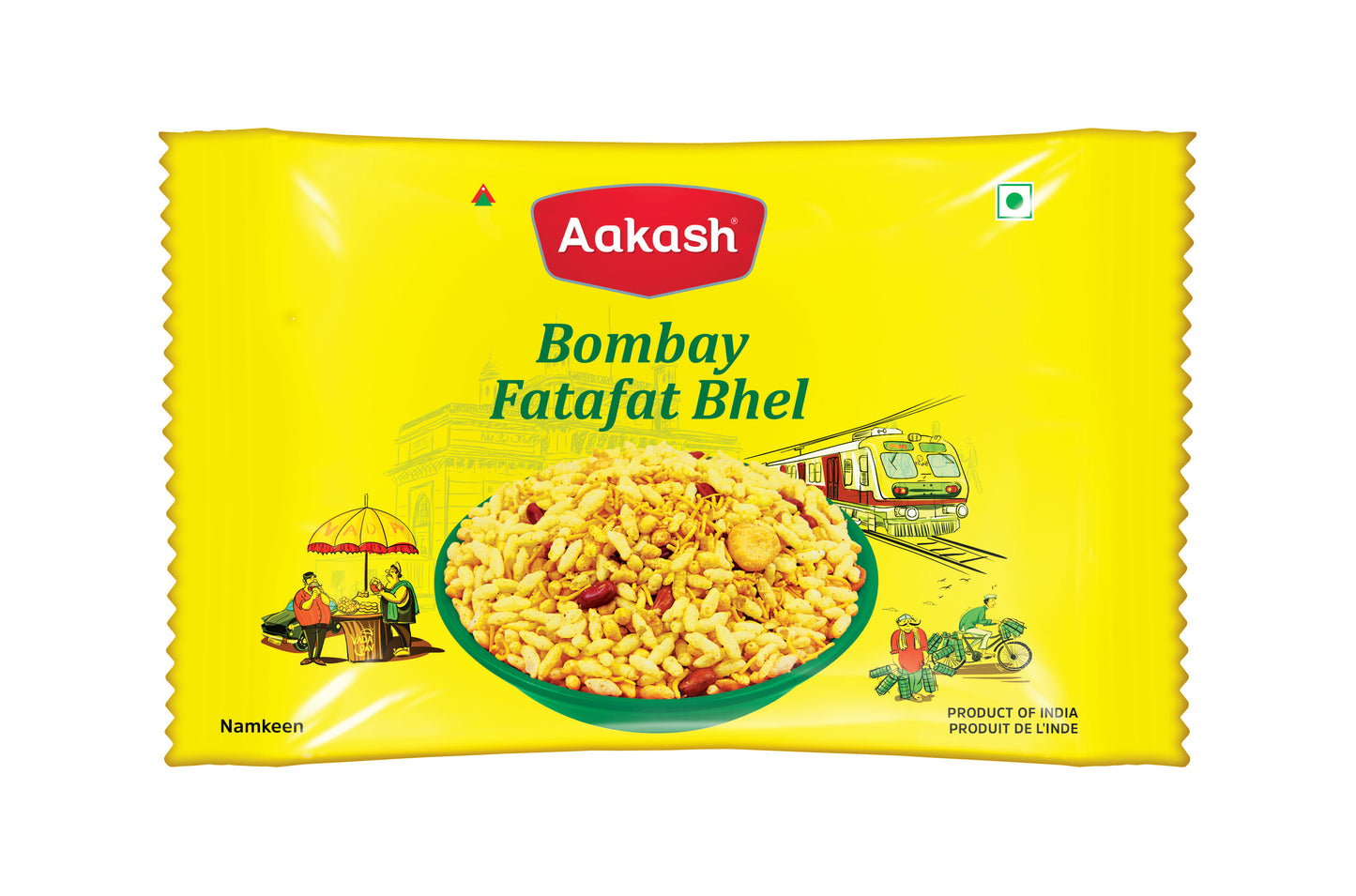Turkish cuisine extends far beyond the familiar döner kebabs and baklava that have gained international recognition. Among the lesser-known treasures lies cevurı, a distinctive dish that embodies the rich cultural heritage and culinary creativity of Turkey’s diverse regions.
This unique preparation represents more than just a meal—it’s a window into centuries of tradition, regional adaptation, and the Turkish philosophy of transforming simple ingredients into extraordinary flavors. Understanding cevurı offers food enthusiasts and cultural explorers alike an authentic glimpse into Turkey’s gastronomic soul.
What Makes Cevurı Special?
Cevurı stands apart from other Turkish dishes through its distinctive preparation method and ingredient profile. The dish typically features tender cuts of meat, often lamb or beef, slow-cooked with a carefully balanced blend of regional spices and vegetables.
The cooking process involves a unique braising technique that allows flavors to develop gradually. Unlike quick-cooking methods, cevurı requires patience and attention to detail. The meat is first seared to lock in juices, then combined with onions, tomatoes, and a proprietary spice mix that varies by region and family tradition.
What truly distinguishes cevurı is the final cooking stage, where the ingredients are allowed to meld together in their own juices, creating a rich, aromatic sauce that perfectly complements the tender meat.
Regional Variations and Cultural Significance
Different regions of Turkey have adapted cevurı to reflect local tastes and available ingredients. In southeastern Turkey, the dish often incorporates more robust spices like sumac and Aleppo pepper, reflecting the area’s proximity to Syria and its love for bold flavors.
Northern regions tend to favor milder preparations, sometimes adding nuts or dried fruits that complement the meat’s natural richness. Coastal areas occasionally include seafood variations, though these are less traditional.
The cultural significance of cevurı extends beyond its taste. Traditionally prepared for special occasions and family gatherings, the dish represents hospitality and community. The lengthy cooking process encourages conversation and togetherness, making it as much about social connection as culinary satisfaction.
Preparing Cevurı at Home
Creating authentic cevurı requires quality ingredients and time. Start with well-marbled meat cut into generous chunks—the fat content is crucial for developing the dish’s characteristic richness.
The spice blend typically includes cumin, paprika, black pepper, and dried mint, though each cook guards their specific proportions carefully. Fresh herbs like parsley and dill are added near the end of cooking to preserve their brightness.
The key to successful cevurı lies in temperature control. Low, steady heat allows the flavors to concentrate without the meat becoming tough. Most experienced cooks recommend a cooking time of at least two hours, with some preparations taking considerably longer.
Serve cevurı with rice pilaf or fresh bread to absorb the flavorful sauce. A side of yogurt mixed with garlic and cucumber provides a cooling contrast to the dish’s warm spices.
Modern Appreciation and Preservation
Contemporary Turkish chefs are working to preserve and promote traditional dishes like cevurı while adapting them for modern palates. Some restaurants now offer refined versions that maintain the dish’s essential character while presenting it with contemporary flair.
Food historians and cultural preservationists recognize cevurı as an important example of regional Turkish cuisine that deserves wider recognition. Its preparation methods and ingredient combinations offer insights into historical trade routes, agricultural practices, and cultural exchanges that shaped Turkish cooking.
Discovering Turkey’s Culinary Heritage
Cevurı represents the depth and diversity that make Turkish cuisine one of the world’s great food traditions. Its combination of technique, tradition, and regional character demonstrates how food serves as both sustenance and cultural expression.
For those interested in exploring authentic Turkish flavors beyond the familiar tourist fare, cevurı offers an excellent starting point. Whether experienced through travel to Turkey or attempted in home kitchens, this remarkable dish provides a direct connection to centuries of culinary wisdom and cultural pride.



